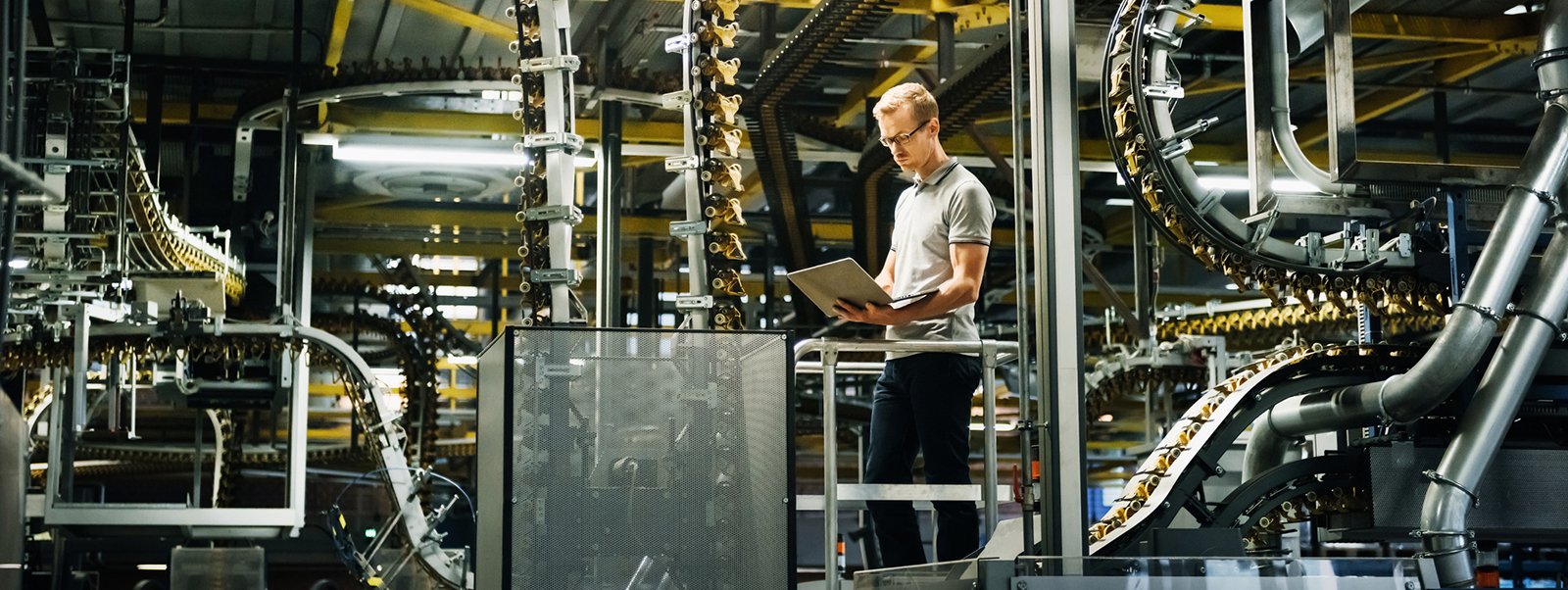This article was first published on April 8, 2020.
In our research report "How to manage costs in times of COVID-19“, we argue that short-term measures will not suffice to ensure profitability for manufacturing firms.
Using the example of the German mechanical engineering sector we show that the recovery to pre-crisis levels has taken more than three years. This references all recessions in the past four decades, including the recession following the financial crisis in 2008/9. Factoring in that the greatest reduction of production levels will likely be bigger in the COVID-19 crisis, and the scope similarly global as in the financial crisis, we think that expecting a fast return to pre-crisis production levels would be overly optimistic. This recession will likely be neither short nor shallow.
This in turn, means that the initial focus on ensuring liquidity and on short-term cost measures like short-shifts and furlough programs, was the right choice and very necessary. These measures stop the bleeding – but they do not lead to healing.
Additionally, more structural measures like adjustments to the engineering and production footprint, recalibration of overhead levels or changes to the supplier base will be necessary to ensure the profitability of manufacturing firms for the mid-term. Leaders in most companies need to turn their attention to this mid-term challenge in the next few months. Our research report lays out typical levers and how to approach the challenge in a programmatic way.
Our analysis of past recessions teaches us one more lesson: Companies which have not only focused on cost management but have – in addition – used the recession for more strategic and transformational moves like M&A, portfolio optimization or re-organizations have come out of the recession faster and more profitable than those with short-term cost focus. Companies that are strong enough for such moves and with leaders who have the appropriate strategic vision have a unique opportunity. Seize it!











